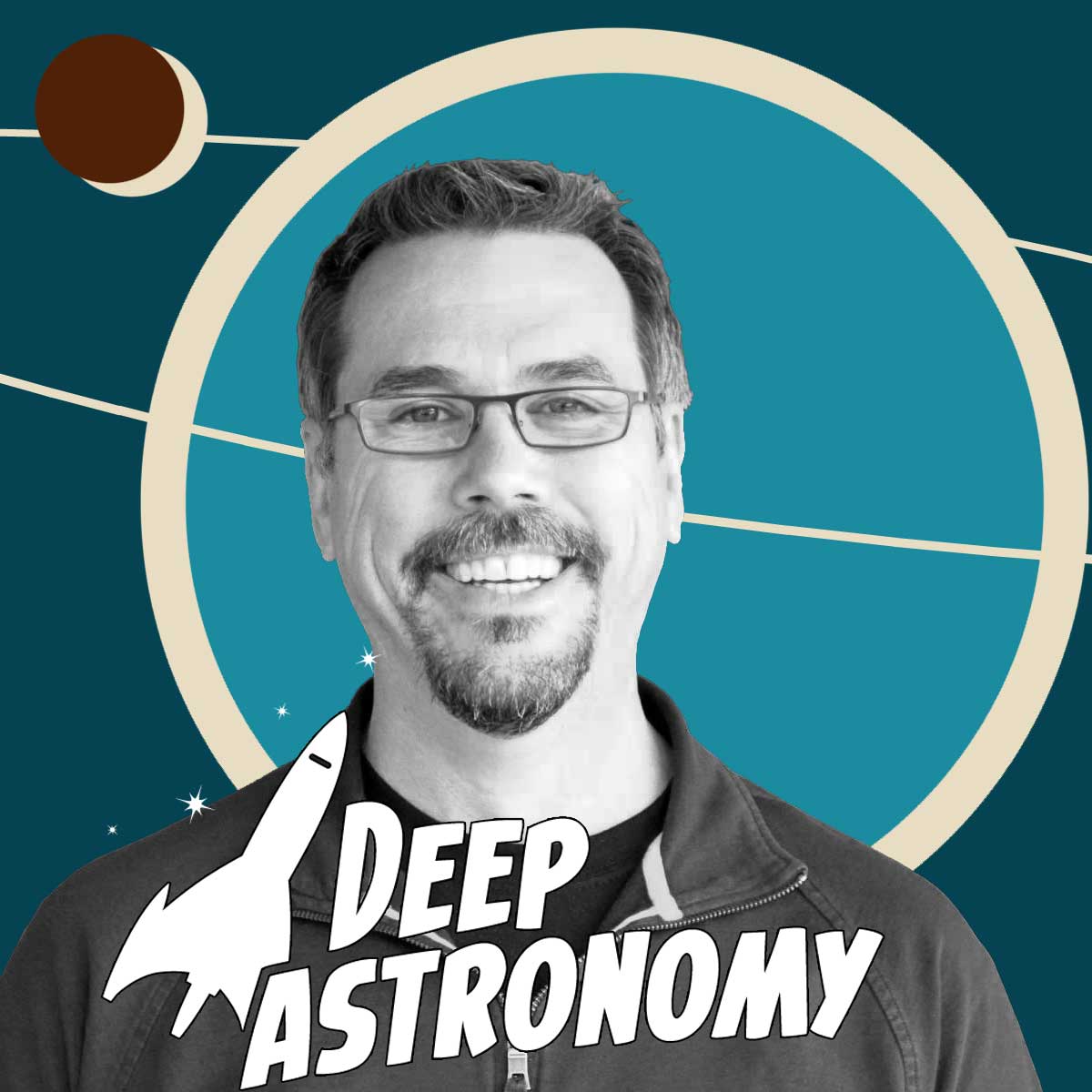Today’s recording of Space Junk Podcast will be streamed live. Today’s topic is binoculars so please join us for discussion and questions!


Today’s recording of Space Junk Podcast will be streamed live. Today’s topic is binoculars so please join us for discussion and questions!



Black dwarfs can explode into fiery supernovae long after the universe has gone dark. How is this possible?

Science deniers have been with us for a very long time. Though Galileo’s quest to prove that Earth orbits the sun was correct, he eventually recanted his belief as punishment for heresy.

Dr. Brian Keating, professor of physics at UCSD, will help us understand the latest research and theories that address how our universe began and what it was like in the first few moments.

What is the effect of the pandemic shutdown on operations of the world’s largest observatories? What is happening at NASA? Is Hubble still operating?

Today, @DeepAstronomy will discuss with Dr. Brian Keating about the Hubble Constant, the problem and whether there this is actually a crisis in our understanding of the large scale structure of the universe and this important parameter. #365DaysOfAstro

WASP 76b is a newly discovered exoplanet and one of the strangest exoplanets we’ve ever seen. It is a hot Jupiter with molten iron rains!

Ever wonder what’s going to happen to the outer planets of our solar system when the Sun turns into a red giant star? Will they survive or will the get flung out into space? Will Jupiter, Saturn and Neptune evaporate?